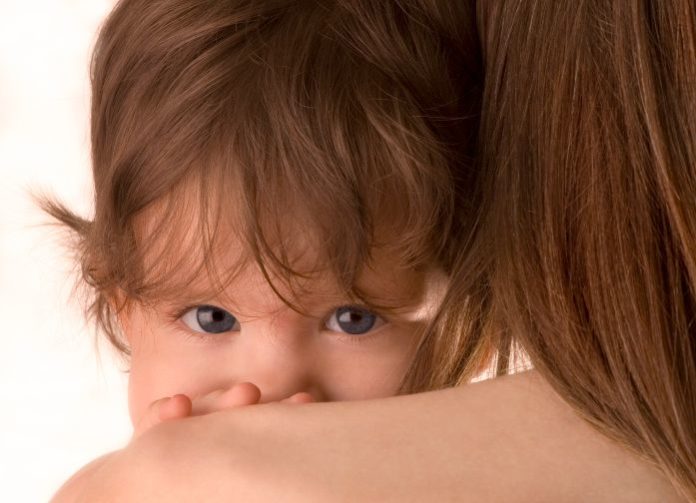In a recently published study, researchers have shown that mothers who are overinvolved or overprotective during the early stages of a child’s development – often referred to as helicopter parents – can increase the risk for anxiety later in life.
Researchers from the Centre for Emotional Health at Macquarie University followed a group of 200 children. Initially assessing them at 3 – 4 years and then again five years later, they found that preschool children who show anxiety and are inhibited are more likely to have overinvolved mothers.
“The study found that the strongest predictor of anxiety at age 9 was the child’s anxiety at age 4,” says lead researcher Professor Jennifer Hudson.
Mothers in the study were observed interacting with their child and asked to respond to statements such as ‘I determine whom my child will play with’ and ‘I dress my child even if he/she can do it alone’.
“Our overall findings show that preschool children are more likely to have a clinical anxiety diagnosis in middle childhood in the group of mothers who were overinvolved or too protective,” says Hudson.
The results also indicated it the mother herself had an anxiety disorder there was increased risk for anxiety in the child at middle childhood.
“We assessed the mothers for anxiety and depressive disorders and found in those who were anxious there was a marked increase in the risk of anxiety in their child,” says Hudson.
These factors highlighted in the study can be used to identify suitable participants for early intervention and can be targeted within intervention programs. Researchers says that while many parents believe their child will grow out of their anxiety problems, without intervention anxiety is likely to persist into middle child.
“It is increasingly recognised that preschool children can experience clinically significant anxiety. Now that we know which factors are likely to increase a child’s chances of developing anxiety, we can intervene more effectively by targeting those variables that can reduce a child’s risk,” says Hudson.
Source: Macquarie University











